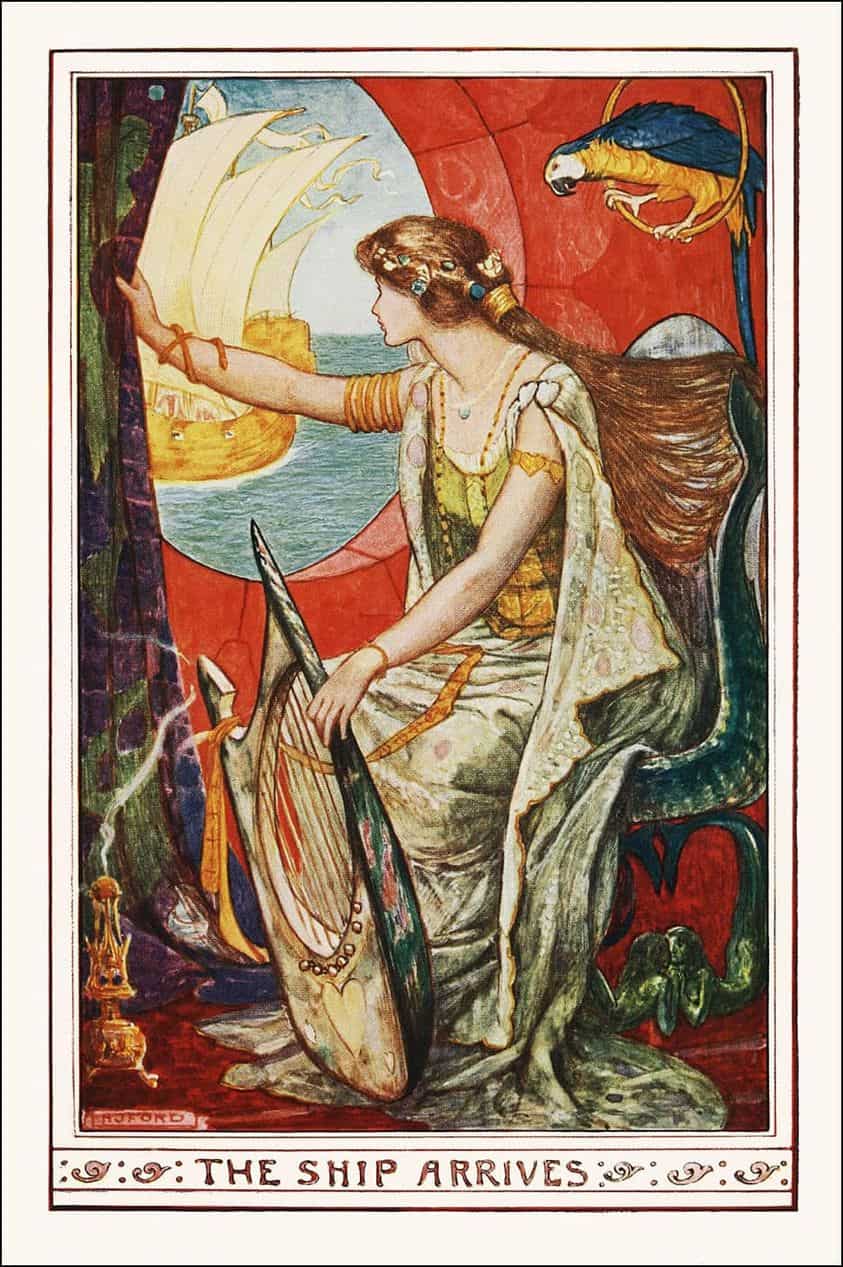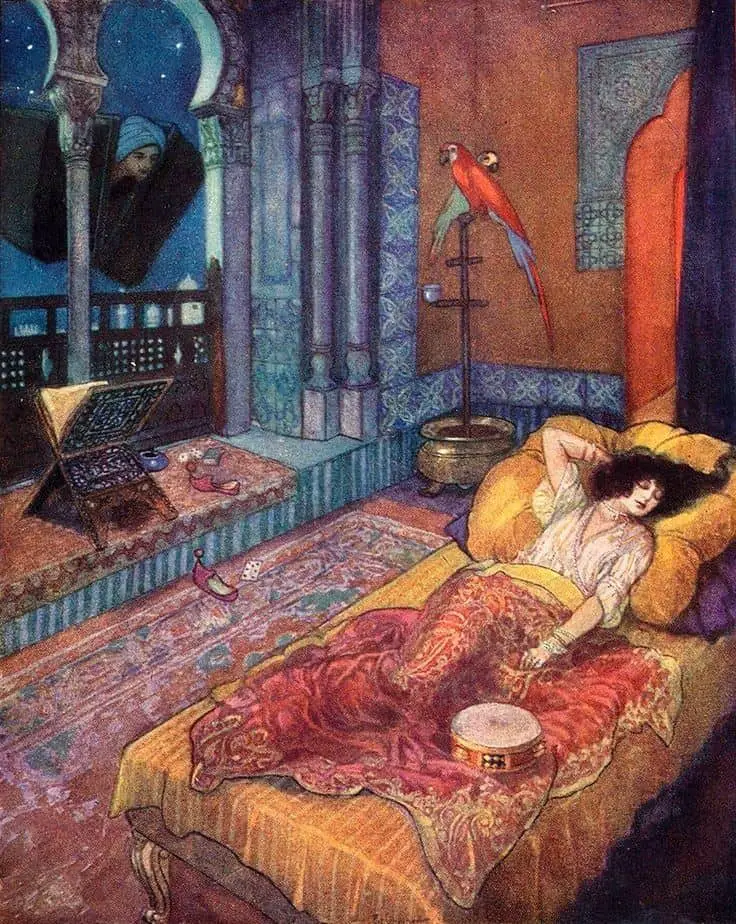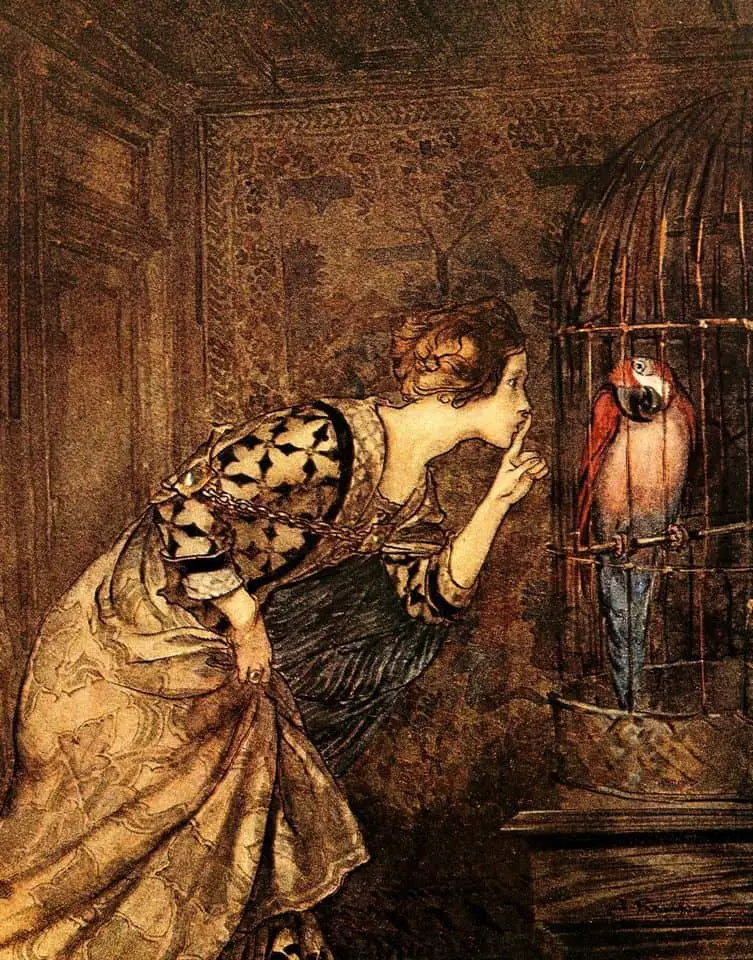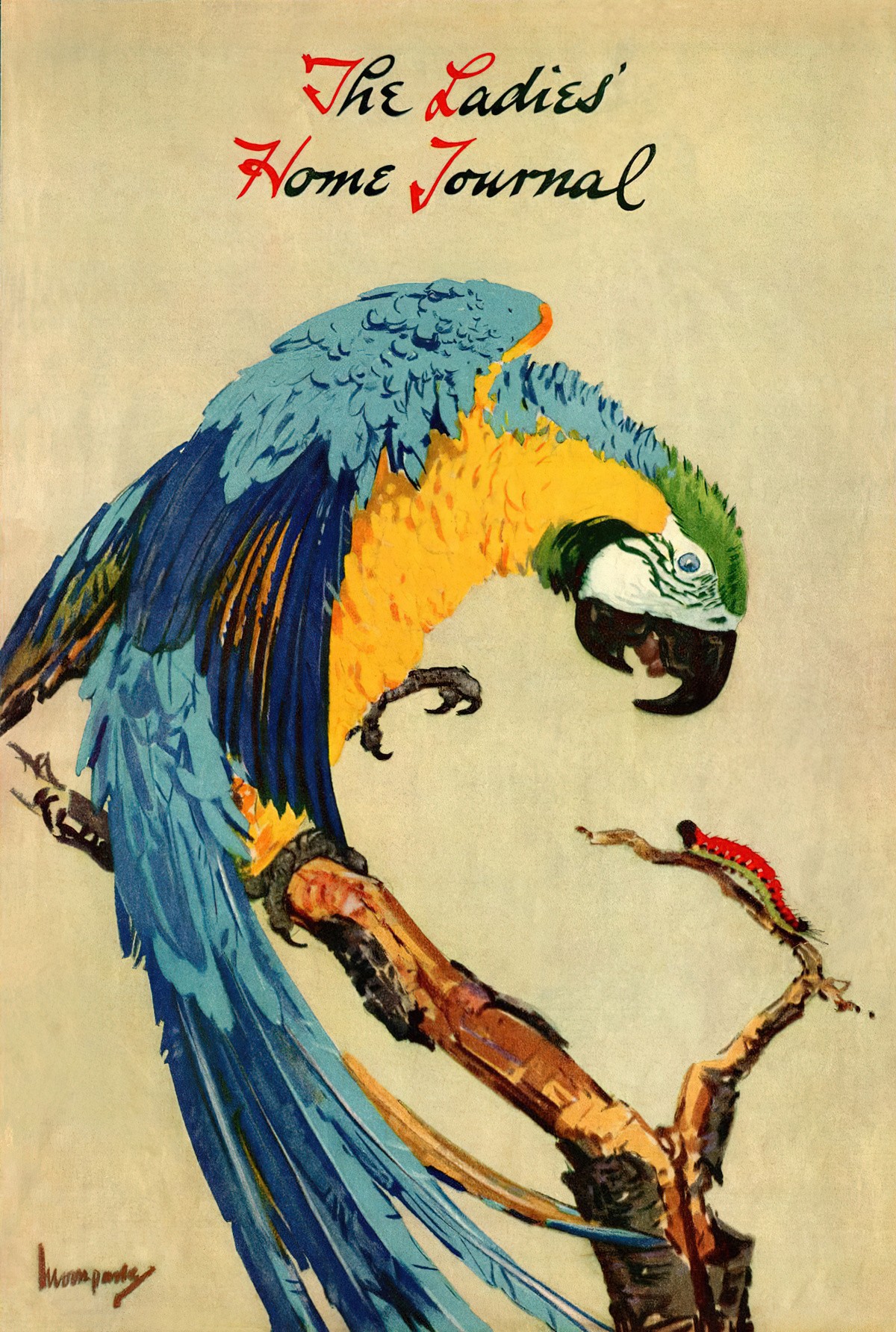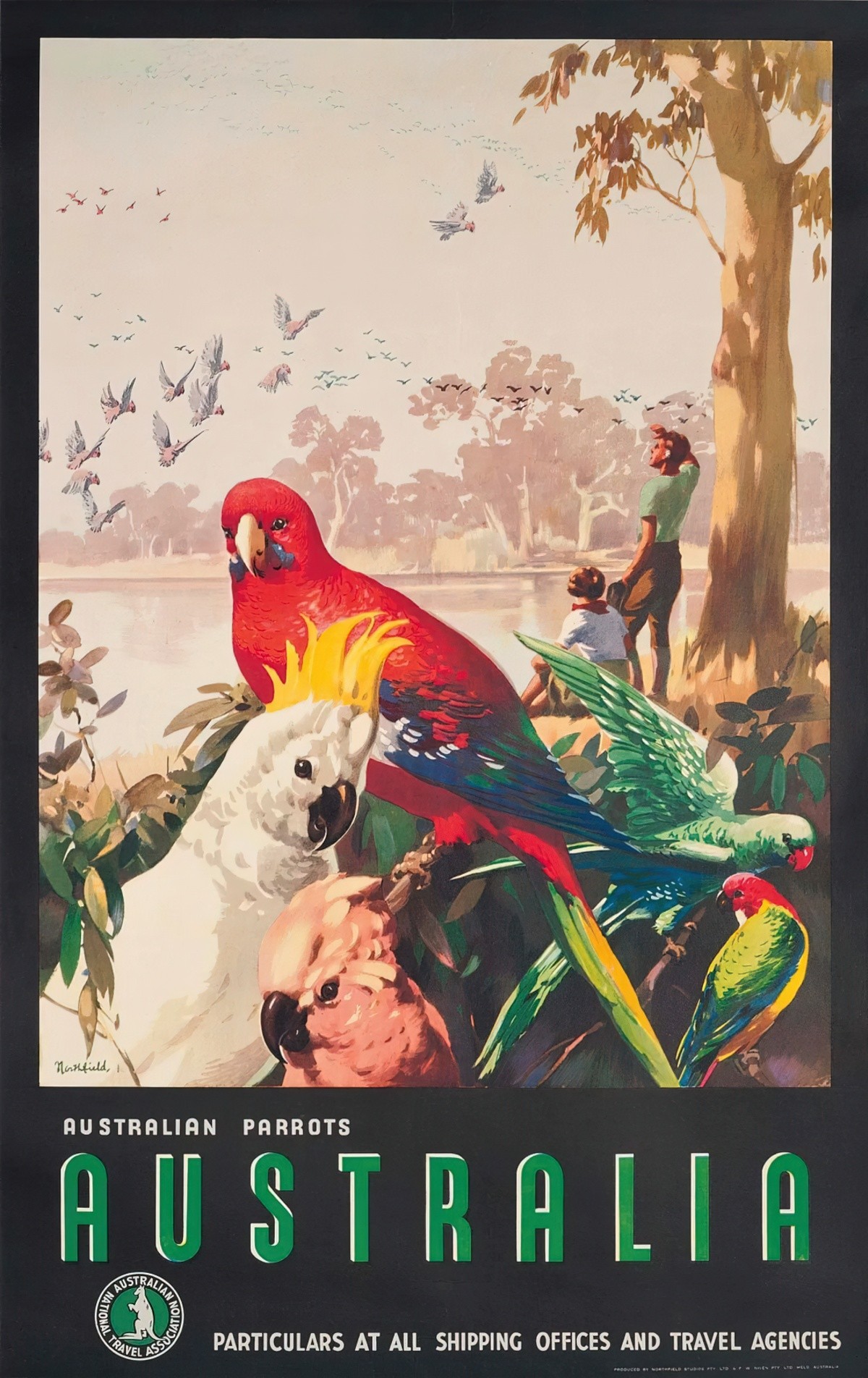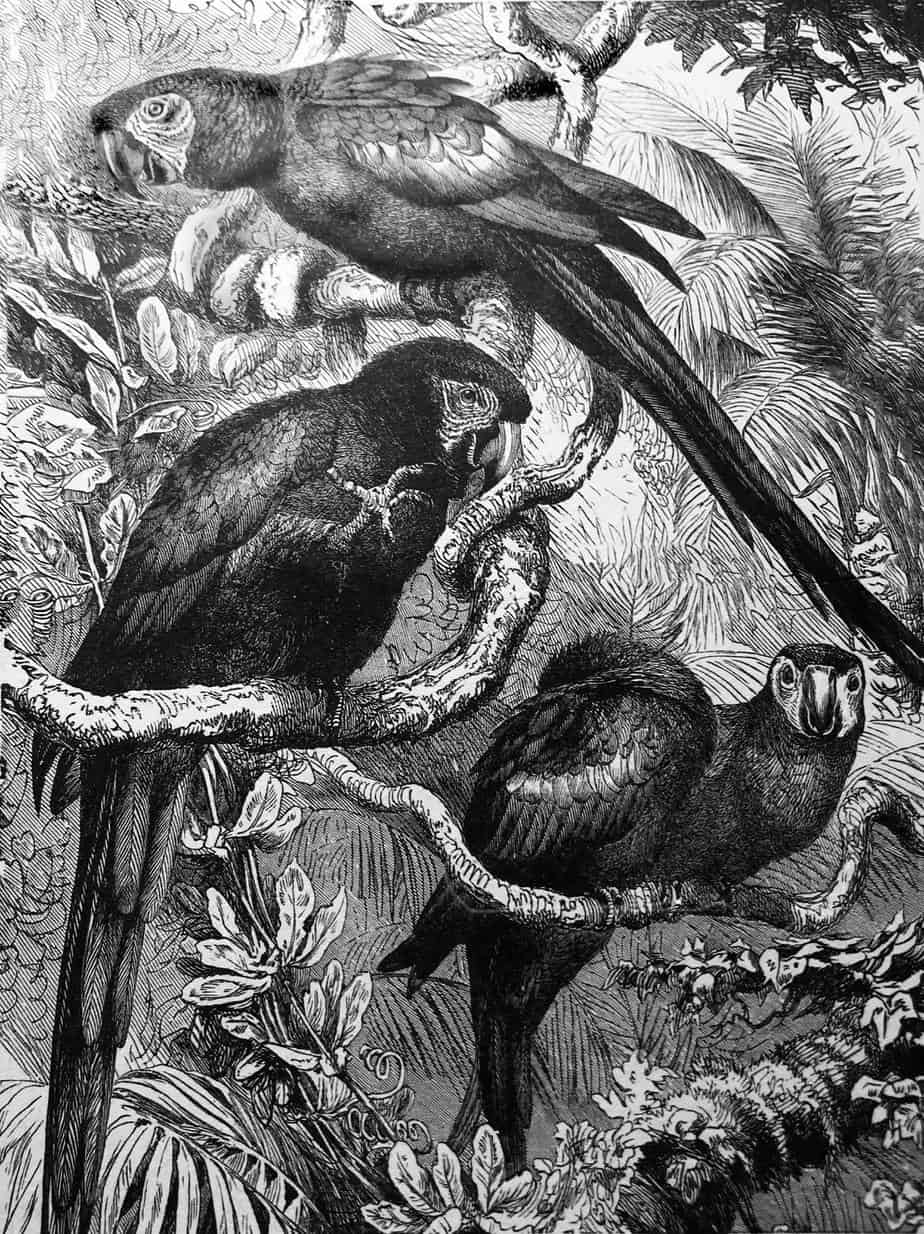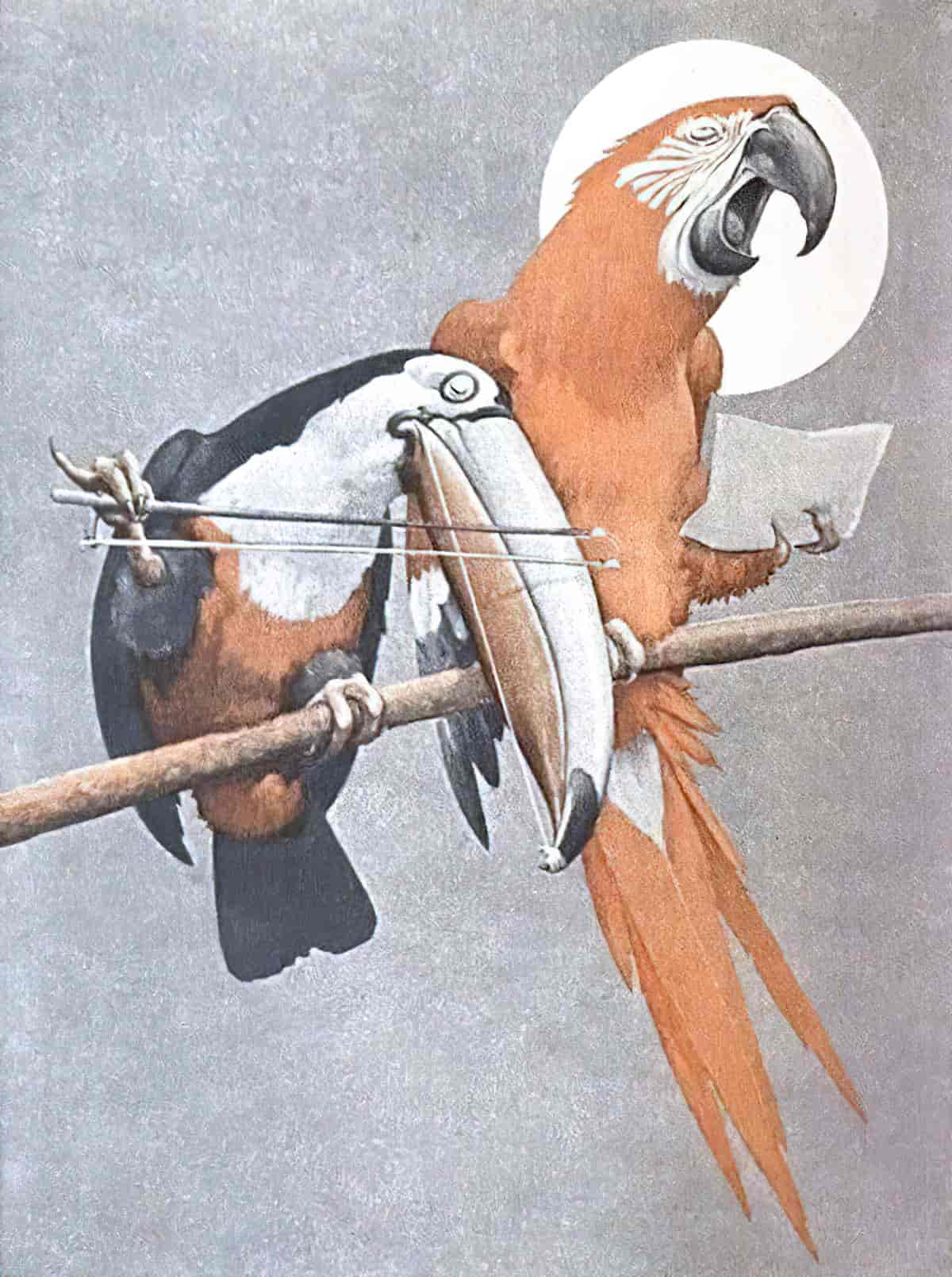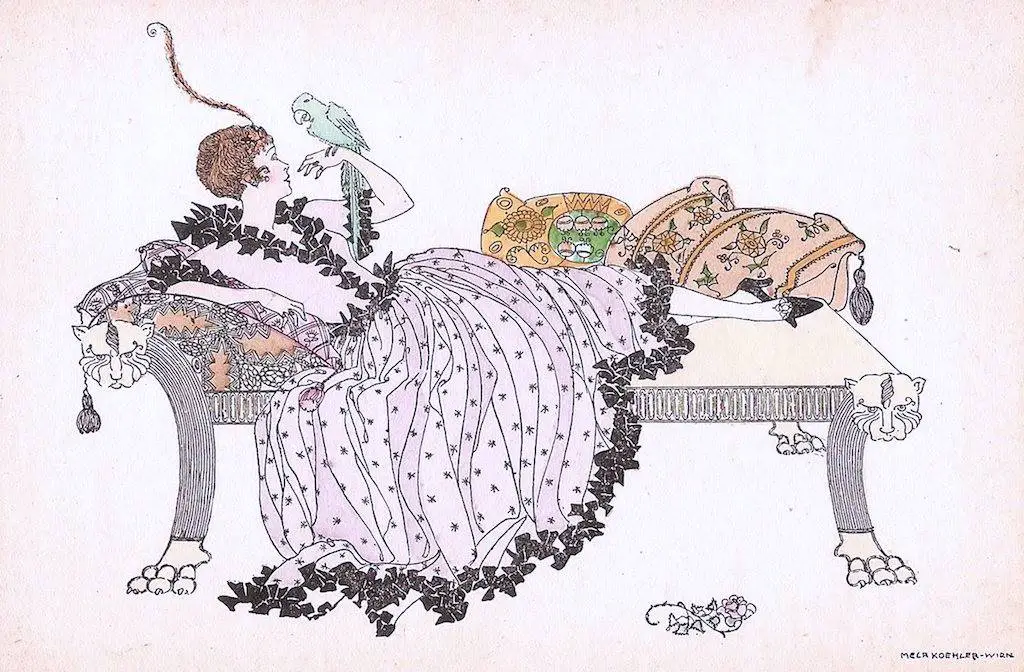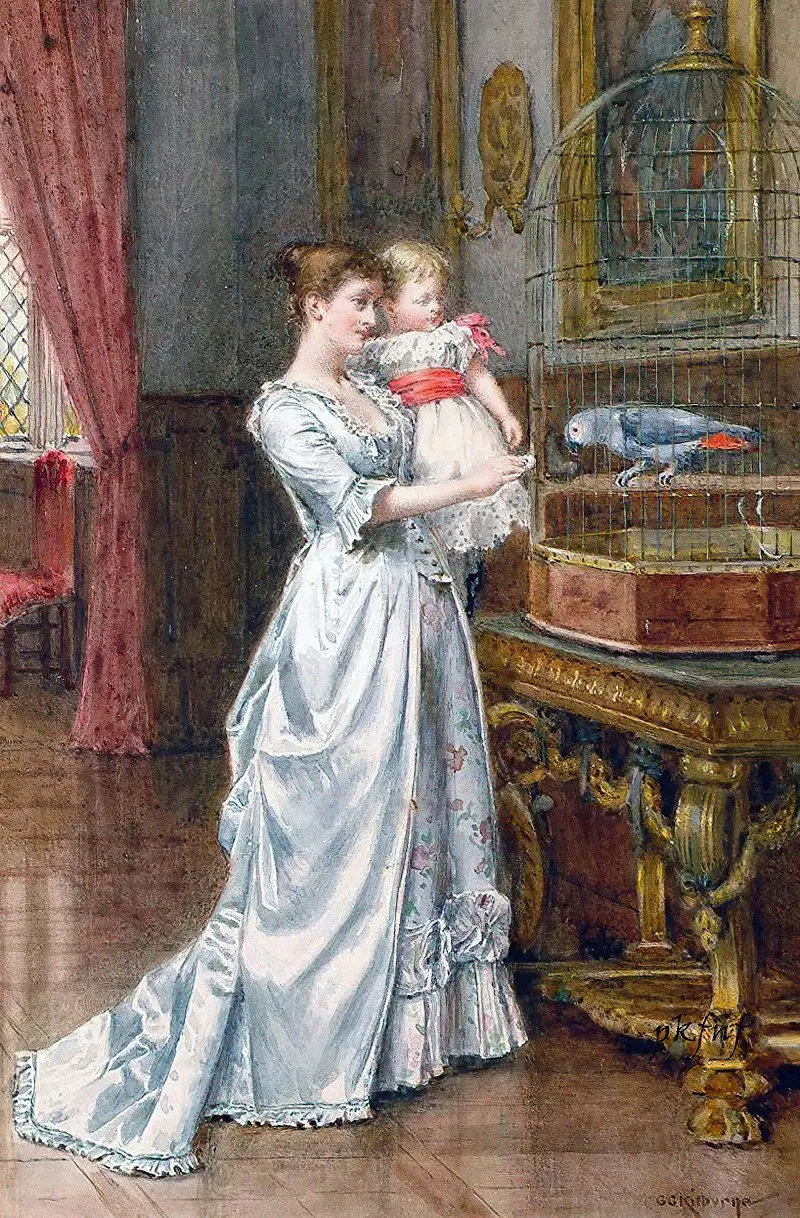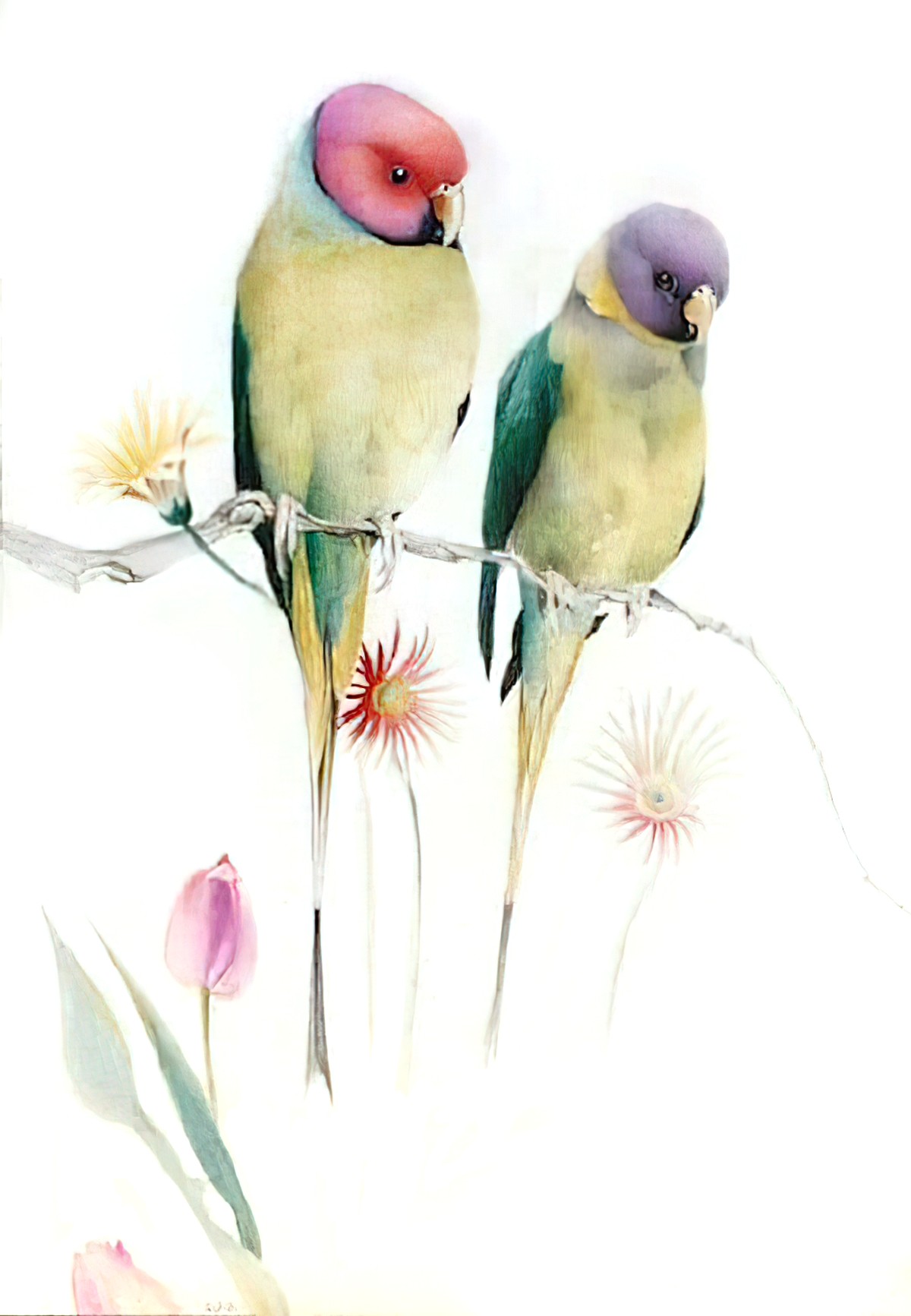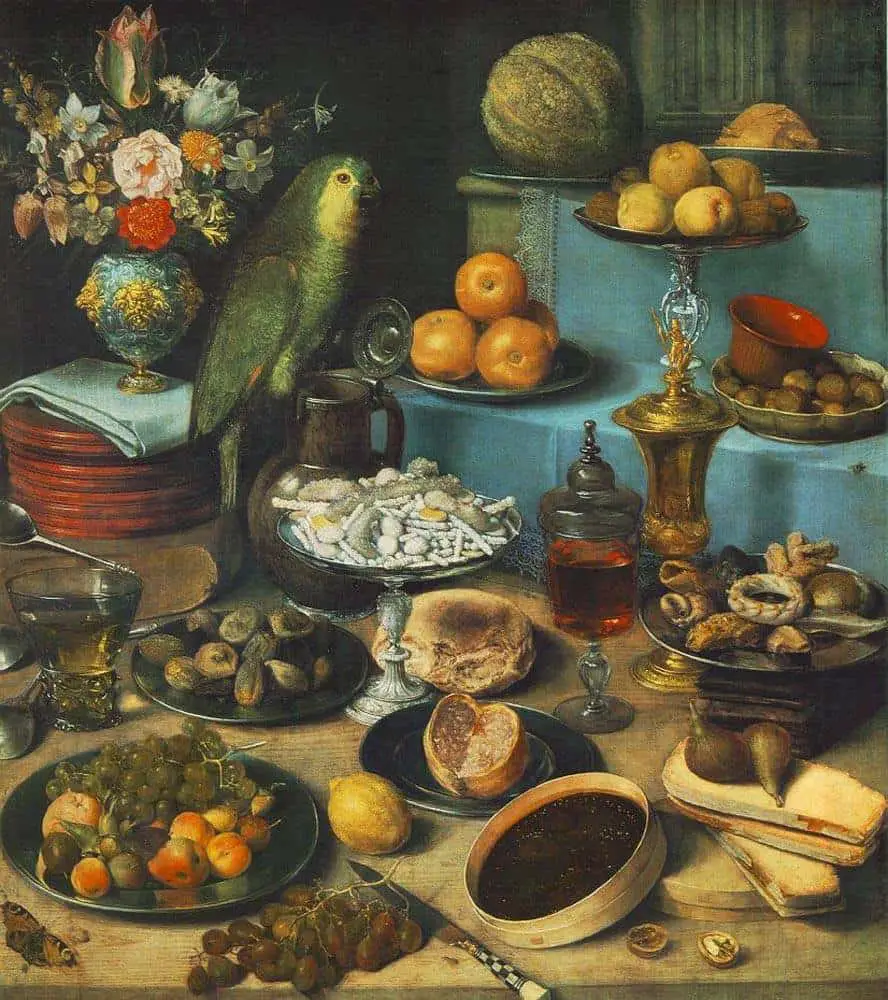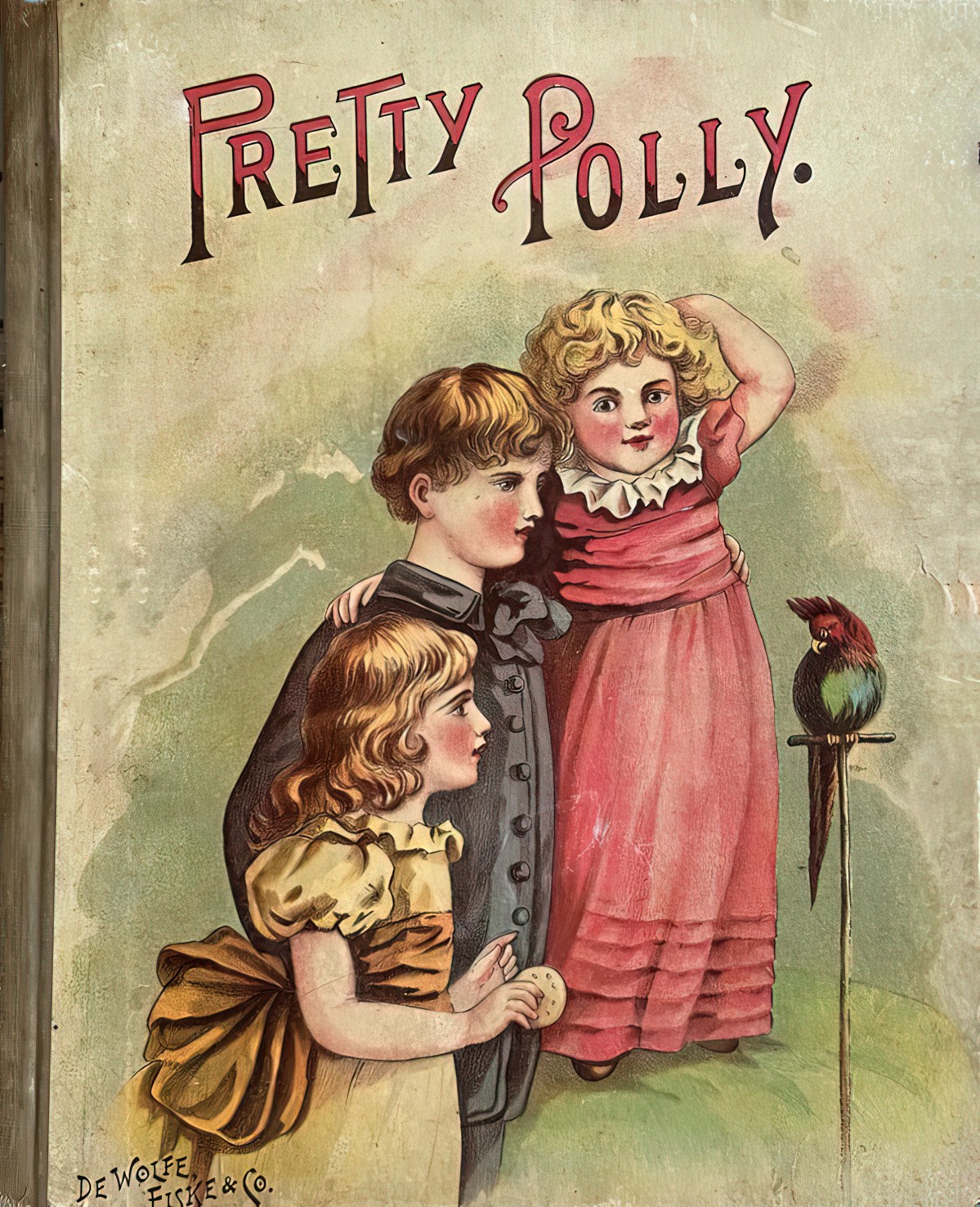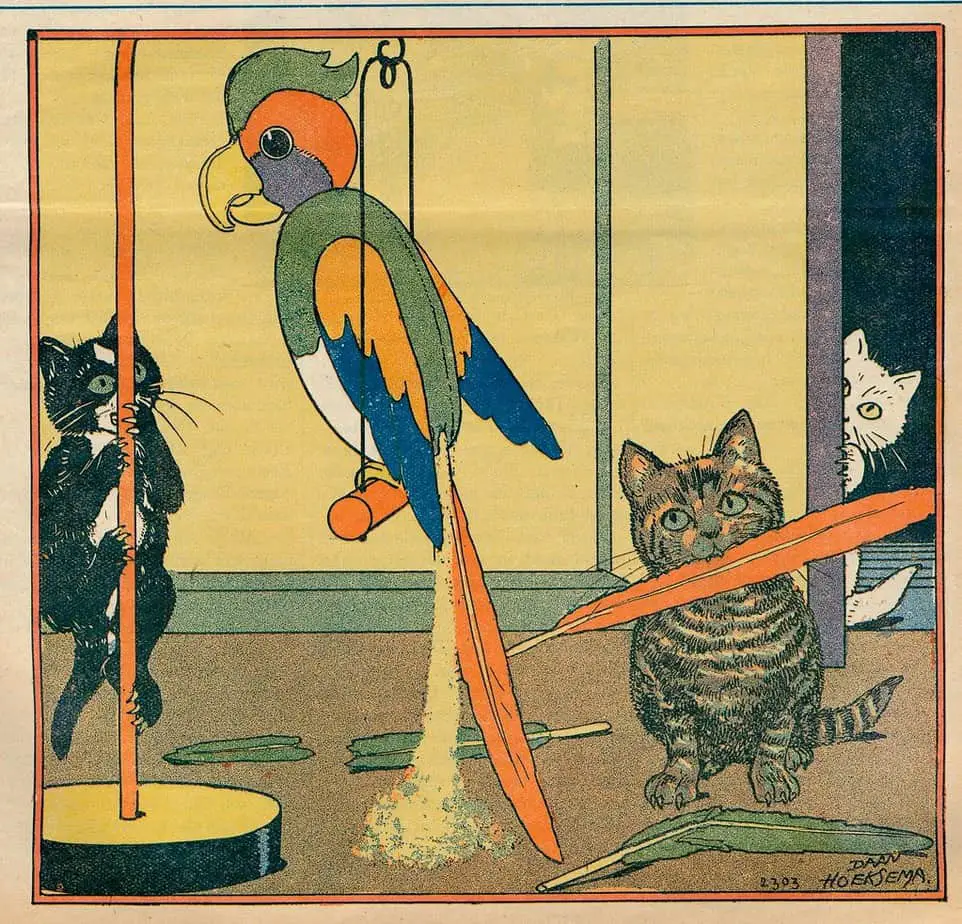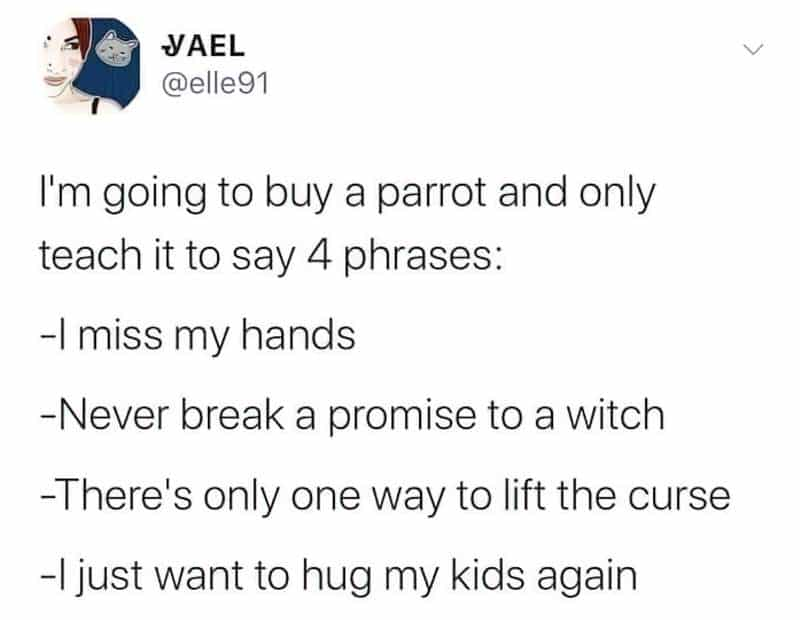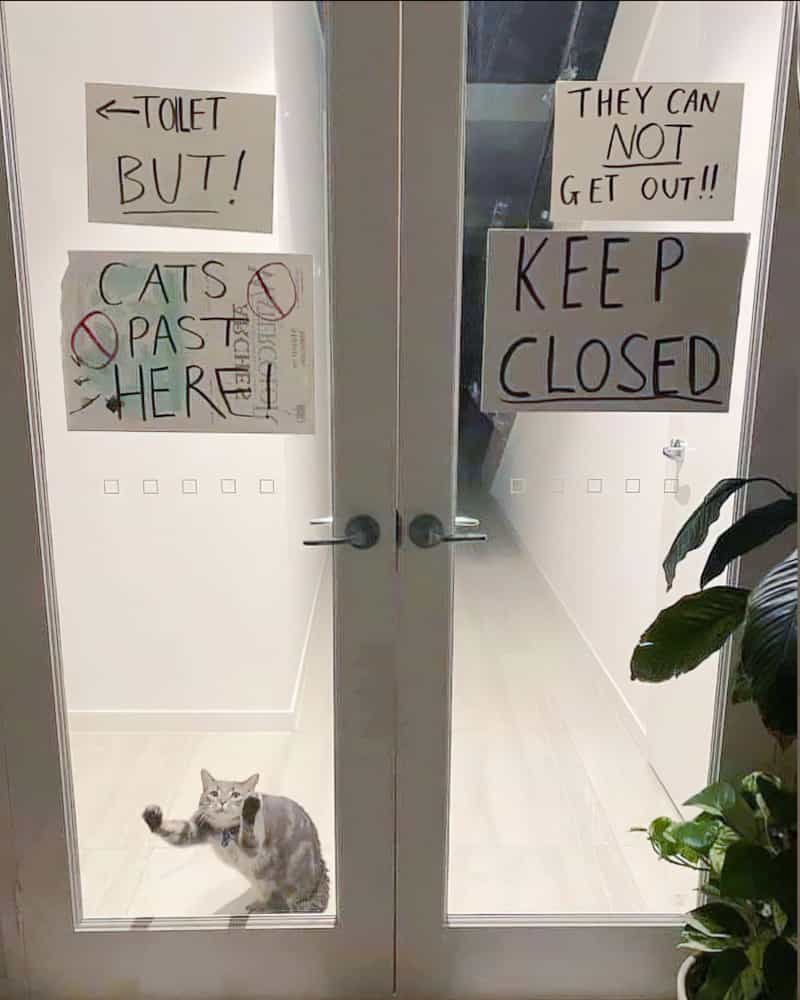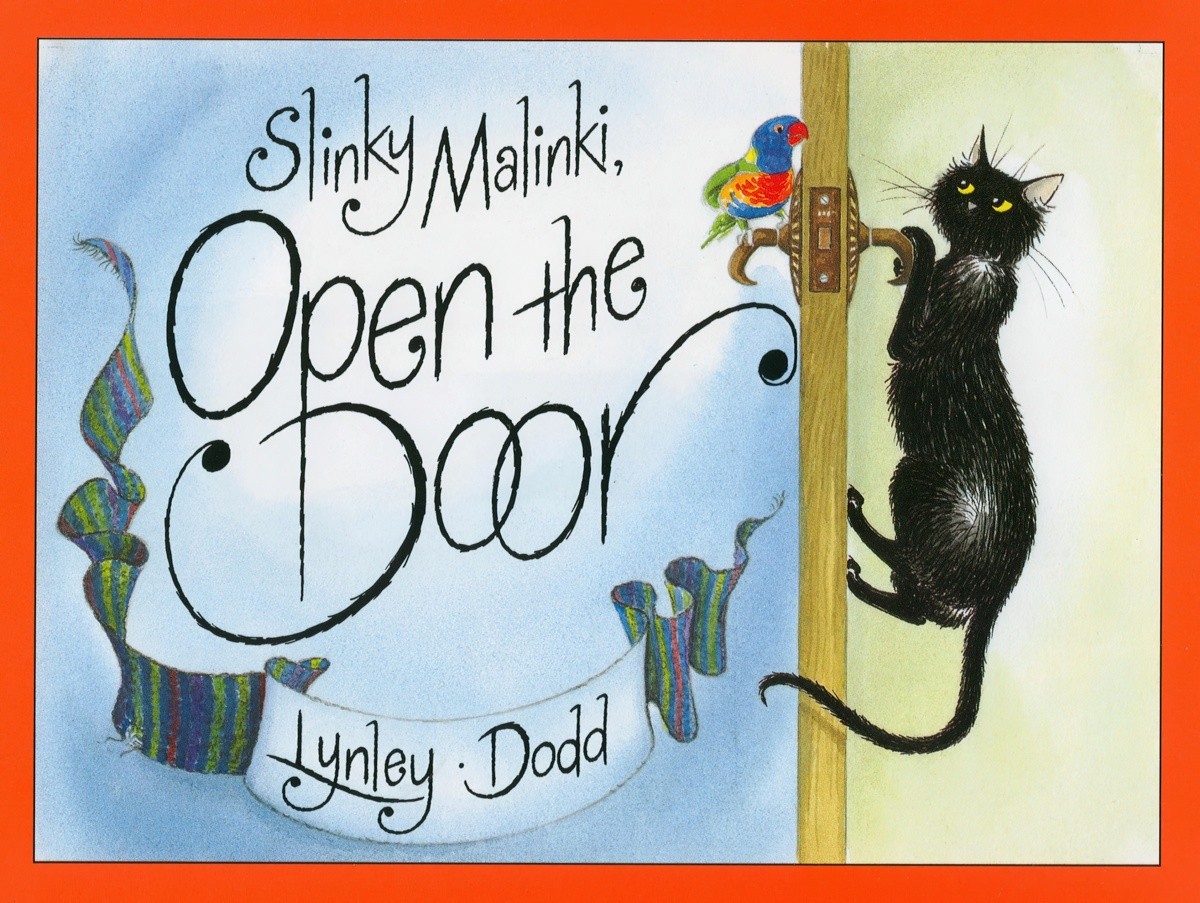Slinky Malinki (1993) is a rhyming carnivalesque picture book written and illustrated New Zealander Lynley Dodd. This book is an excellent case study in how writers and illustrators might encourage young readers to turn the page.
LETTERBOXING AS PAGE TURNER
Slinky Malinki
First page of Slinky Malinki, Open The Door, with an example of transferred epithet ‘mischievous day’.
and Stickybeak Syd
were a troublesome pair;
do you know what they did?
Alone in the house
one mischievous day,
they opened a door,
and they started
to play.
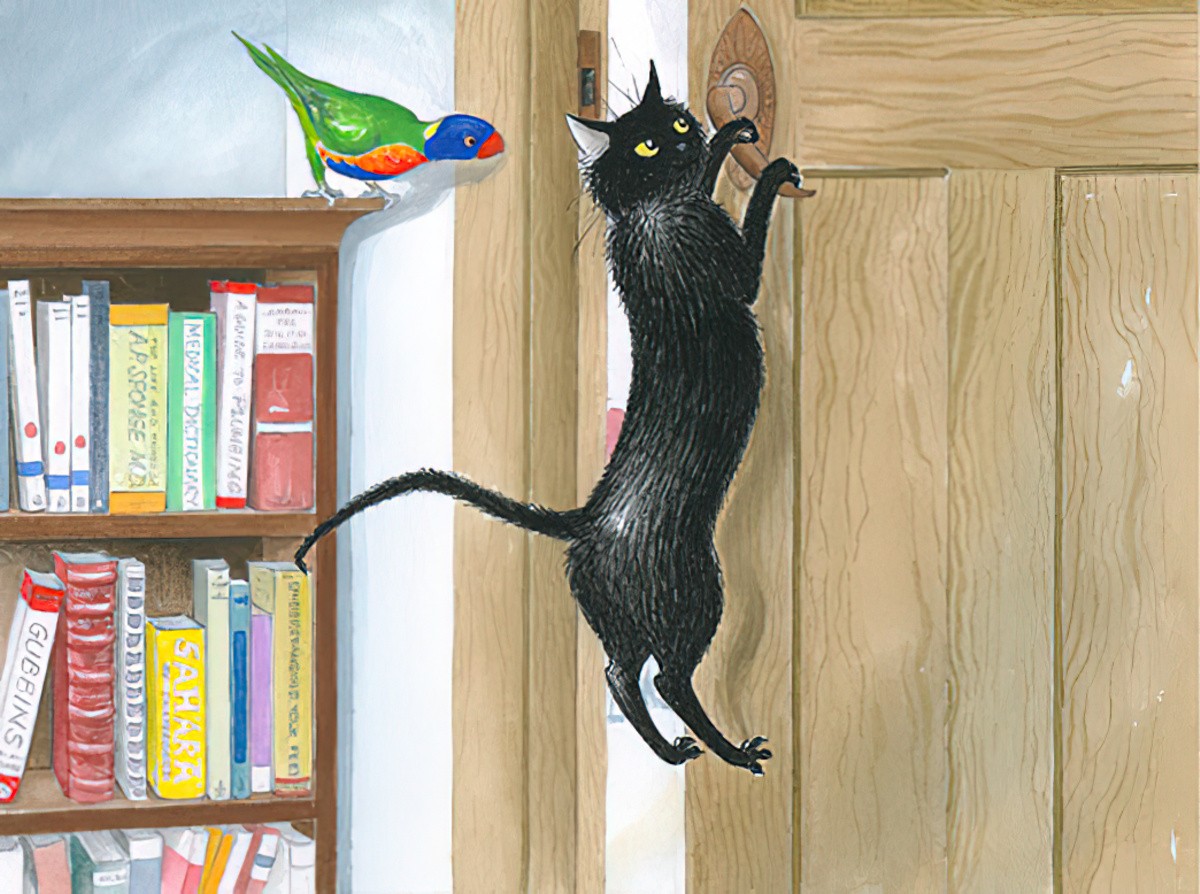
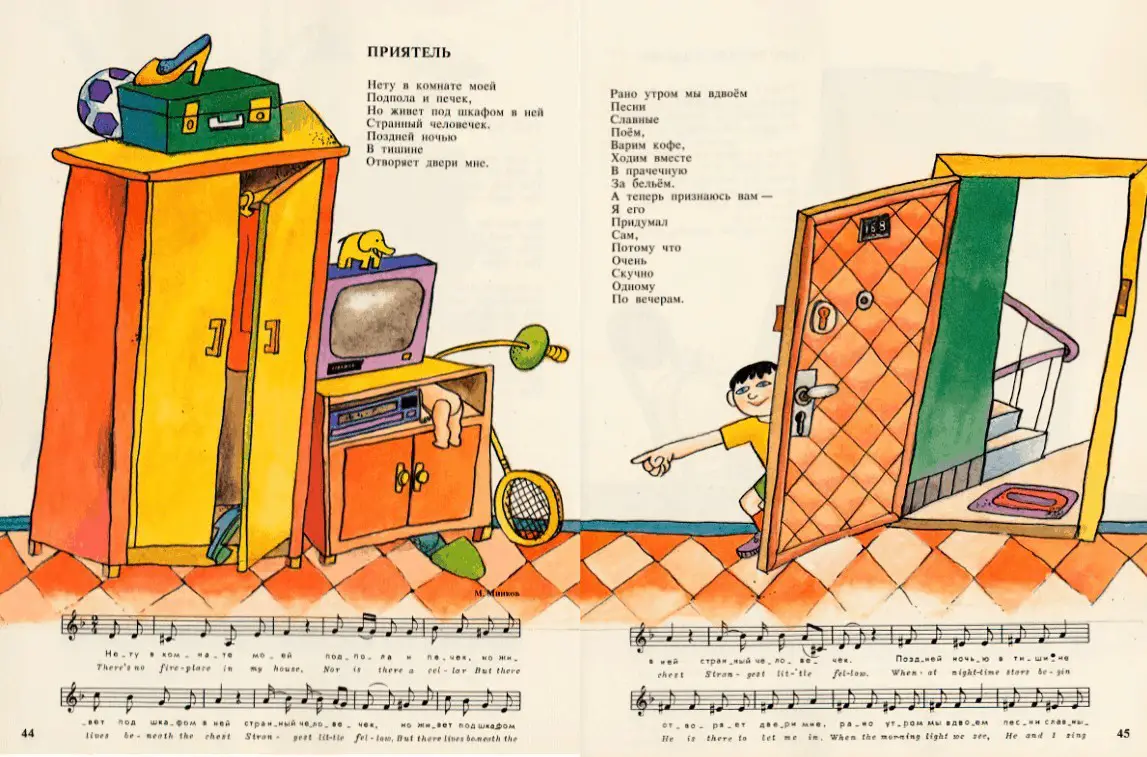
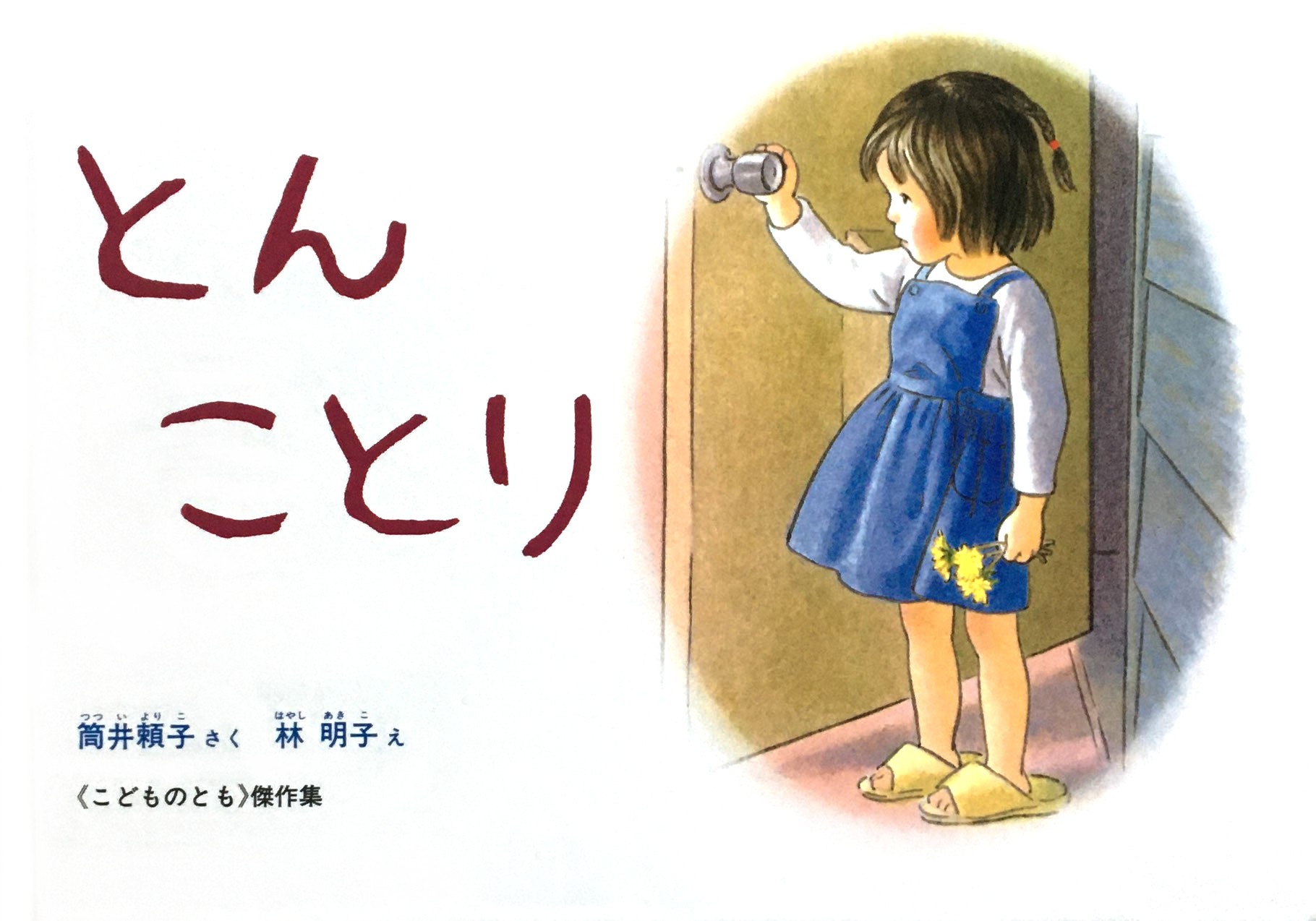
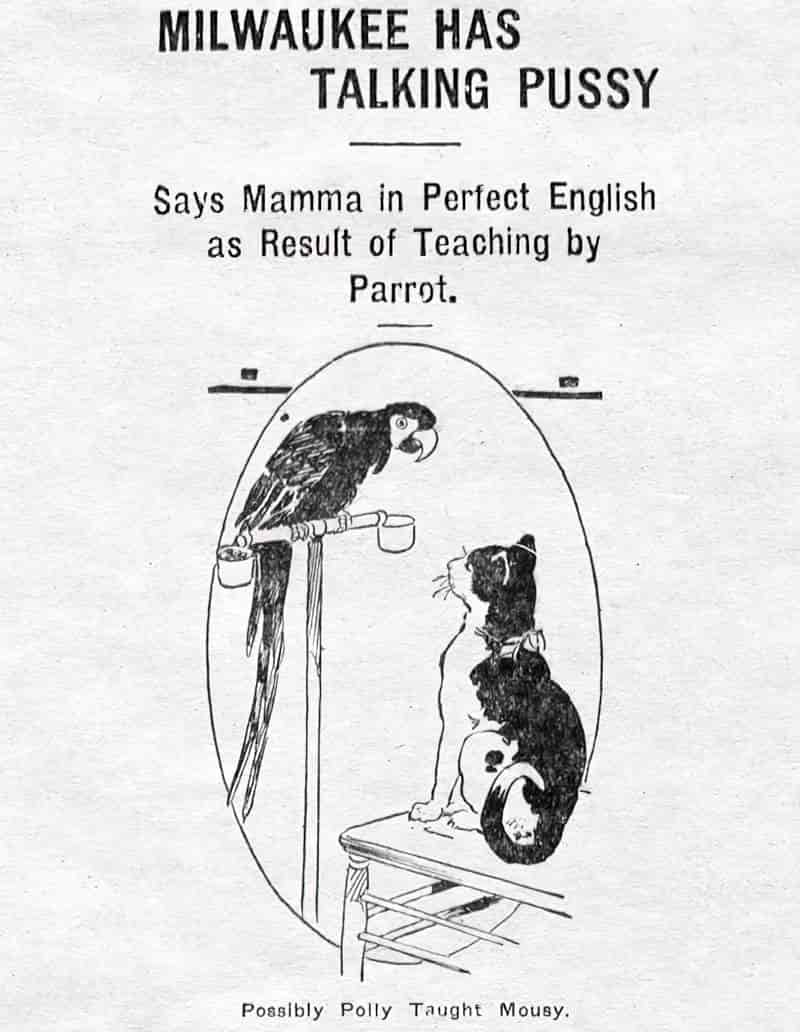
CARNIVALESQUE STORY STRUCTURE OF SLINKY MALINKI OPEN THE DOOR
If you want to write a carnivalesque story, Lynley Dodd’s picture books provide a masterclass.
An Every Child is at Home
Slinky Malinki are partners in crime, funny not just because of what they get up to, but because birds and cats aren’t natural partners in anything. (I hope nothing bad happened off-stage afterwards.)
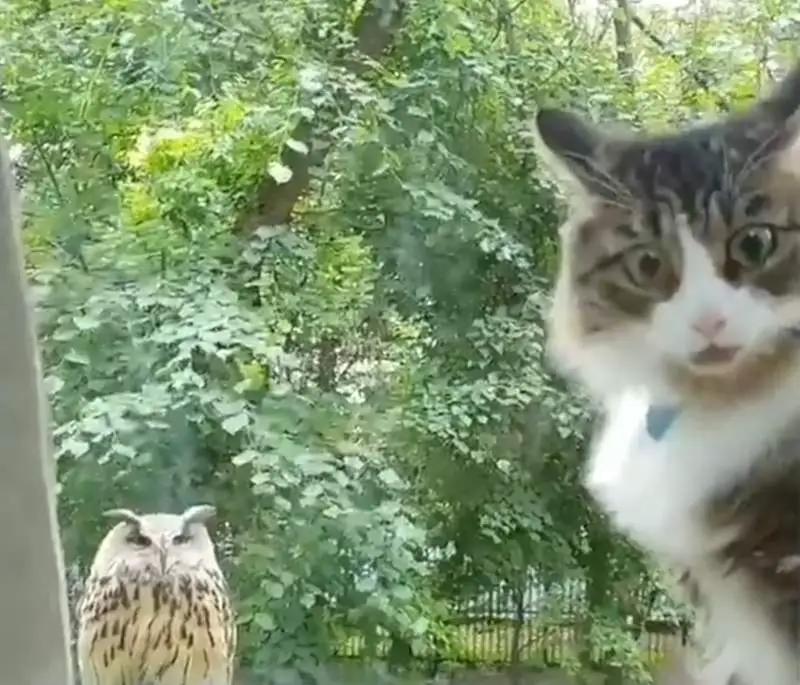
The Every Child wishes to have fun.
From the first illustration, Slinky is already having fun, hanging off the door handle in a way that happens to defy physics.
Disappearance or backgrounding of the home authority figure
In some carnivalesque plots, the authority figure (an adult, in kids’ books) is there at the beginning. Hairy Maclary, Sit by the same author is a good example of that.
There never was any adult in this one, but there is always an implied adult. (‘Alone’ in the house.) At any moment, that implied adult might come home to find the place in tatters.
Appearance of an Ally in Fun
Both mischief-makers are present from the beginning, though it is probably Slinky Malinki who started it, with Stickbeak Syd joining in gradually. At least, that’s what I’d be arguing later if I were Syd. At first he looks on, curious, then he’s sliding around on soap, then he’s literally sitting on the doorhandle, clearly meaning to help Slinky open it.
Hierarchy is overturned. Fun ensues.
Now that Slinky Malinky can open a door, he can do what he wants inside the room.
Fun builds!
Not only in one room! In the bathroom as well! Notice how Slinky’s face is half visible in the bathroom mirror, suggesting a Janus type character. I’ve no doubt Slinky is a loving, purring pet sometimes. But this mirror view represents his evil side, which all cats seem to have.
Peak Fun!
Typically in carnivalesque stories, mischief escalates. Escalation can take various forms. Frequently, items get bigger. Adventures become more dangerous. In this story, it’s not so much that Slinky and Syd make a bigger mess in each room; every room is equally messed up. It’s more the realisation that they won’t stop until the entire house is wrecked. There is possibly more at stake when Slinky and Syd roll downstairs and mess up the ‘good room’, and mess around with crockery (which may be of high value).
Lynley Dodd utilises the human tendency for pareidolia in the ‘good room’. A woven artwork features an urn which definitely has a look of dismay on its ‘face’. Also, pillows/cushions with stuffing coming out are pretty much compulsory when it comes to picturebook mischief making.
Surprise! (for the reader)
When Slinky and Syd hear noises, the reader expects that invisible authority figure is about to return. The characters are about to get into trouble. But no! It’s the dog gang, introduced in Lynley Dodd’s first book of the series: Hairy Maclary and his friends. Readers familiar with previous books in the series (almost every young New Zealander) will know what comes next: The dogs are here to join in the fun.
However, Slinky Malinki is terribly scared of dogs. We know this from the hair on his back. Slinky has met his match, and been adequately punished for his mischief-making, because the dogs will chase him around the house.
Return to the Home state
Many carnivalesque stories include peace and a return to normal life but in this case it wouldn’t work. The reader is left in a state of fun, imagining dogs chasing Slinky and Syd around the messy, wrecked house.♦
PARROTS IN ART AND STORYTELLING
As you’ll see from the works of art below, parrots are admired for their colourful beauty as much as for their mischievousness. Lynley Dodd is a New Zealander, and Kiwis will likely think ‘mischievous’ when it comes to parrots. Native New Zealand parrots are some of the most intelligent (and therefore the most mischievous) in the world. Especially pesky for tourists visiting the snow: Keas.
The kea is a species of large parrot in the family Nestoridae found in the forested and alpine regions of the South Island of Aotearoa New Zealand.
Keas love the sensory pleasure of pulling the rubber parts off your car. I’ve heard stories of people returning to their car to find the windscreen fallen in.
